Piston Pump Test Apparatus
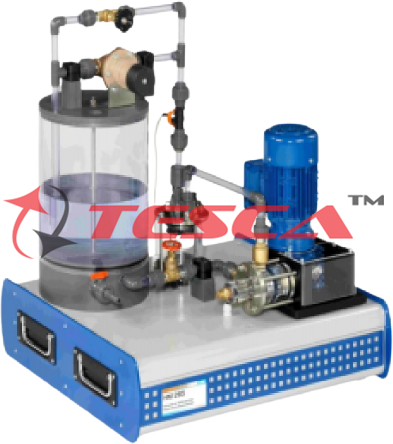
Order Code: 32081
Category: Fluid Mechanics Lab
Features: Illustrative model of a typical positive displacement pump1 Closed water circuit1 Software for data acquisition, visualization and operation1 Pist...
SPECIFICATION
Features:
Illustrative model of a typical positive displacement pump1
Closed water circuit1
Software for data acquisition, visualization and operation1
Piston pumps belong to the group of positive displacement pumps. They transport the medium by a reciprocating motion of a piston in the pump working space, called a stroke. The stroke creates a suction hence the vacuum effect used to deliver the water. Piston pumps are used when high pressures are to be generated. The flow rate of piston pumps is independent of the head and is determined only by speed. Its good suction performance is outstanding.
The experimental unit provides the basic experiments to get to know the operating behavior and the important characteristic variables of piston pumps.
Tesca Piston Pump Test Apparatus features a closed water circuit with a water tank, a piston pump with variable speed via a frequency converter, and an air vessel. The piston of the pump is mounted in a transparent housing and can be observed during operation. The cycle that takes place (intake and discharge of water) can be shown clearly in the p-V diagram. The pulsating pressure curve of the pump can be damped with the aid of the air vessel. Flow rate and head are adjusted via a needle valve and overflow valve.
The experimental unit is fitted with sensors for pressure and flow rate. One pressure sensor measures the pressure at the outlet of the pump, another one measures the pressure in the inside of the cylinder. The position of the piston rod is measured by an angle sensor. This allows the determination of the cylinder volume. The microprocessor-based measuring technique is well protected in the housing. All the advantages of software-supported experiments and evaluation are offered by the software and the microprocessor. The connection to a PC is made by USB. The well-structured instructional material sets out the fundamentals and provides a step-by-step guide through the experiments.
Specifications:
Functioning and operating behavior of a piston pump
Closed water circuit contains piston pump with variable speed via a frequency converter, transparent water tank, and air vessel
Transparent housing for observing the pump piston
Needle valve for adjusting the flow rate
Overflow valve for adjusting the head
Pulsation damping of the delivery pressure using air vessel with bleed valve
Sensors for pressure on the delivery side and in the cylinder of the pump, flow rate, and crank angle
Microprocessor-based measuring technique
Unit-specific software for data acquisition and operation via USB under Windows Vista or Windows 7
Technical Specifications:
Piston pump
- Speed: 30...180min-1
Max. flow rate: 135L/h
Max. head: 40m Drive motor
Power: 180W
Gear transmission ratio: i=7,5 Overflow valve: 1...4bar Measuring ranges
Pressure (cylinder): 0...5bar
Pressure (delivery side): 0...5bar
Crank angle: 0...360°
Flow rate: 0,2...6L/min
Experiments:
1. Principle of operation of a piston pump
2. Recording of pump characteristics
3. Pressure curves of delivery pressure and cylinder pressure
4. Influence of pulsation damping
5. P-V diagram
6. Determination of efficiencies
Services Required:
Mains power supply: 220-240V, 1Ph, 50Hz

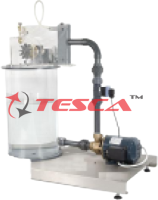
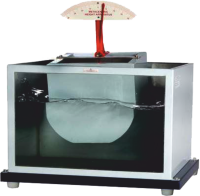
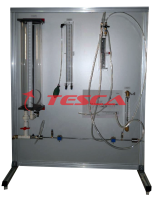
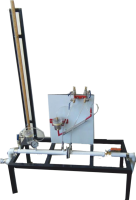

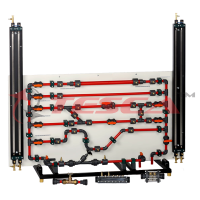
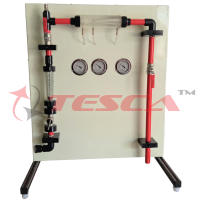
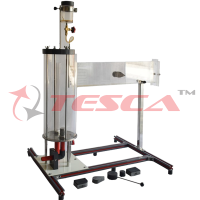
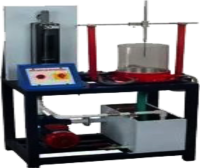

 91-9829132777
91-9829132777